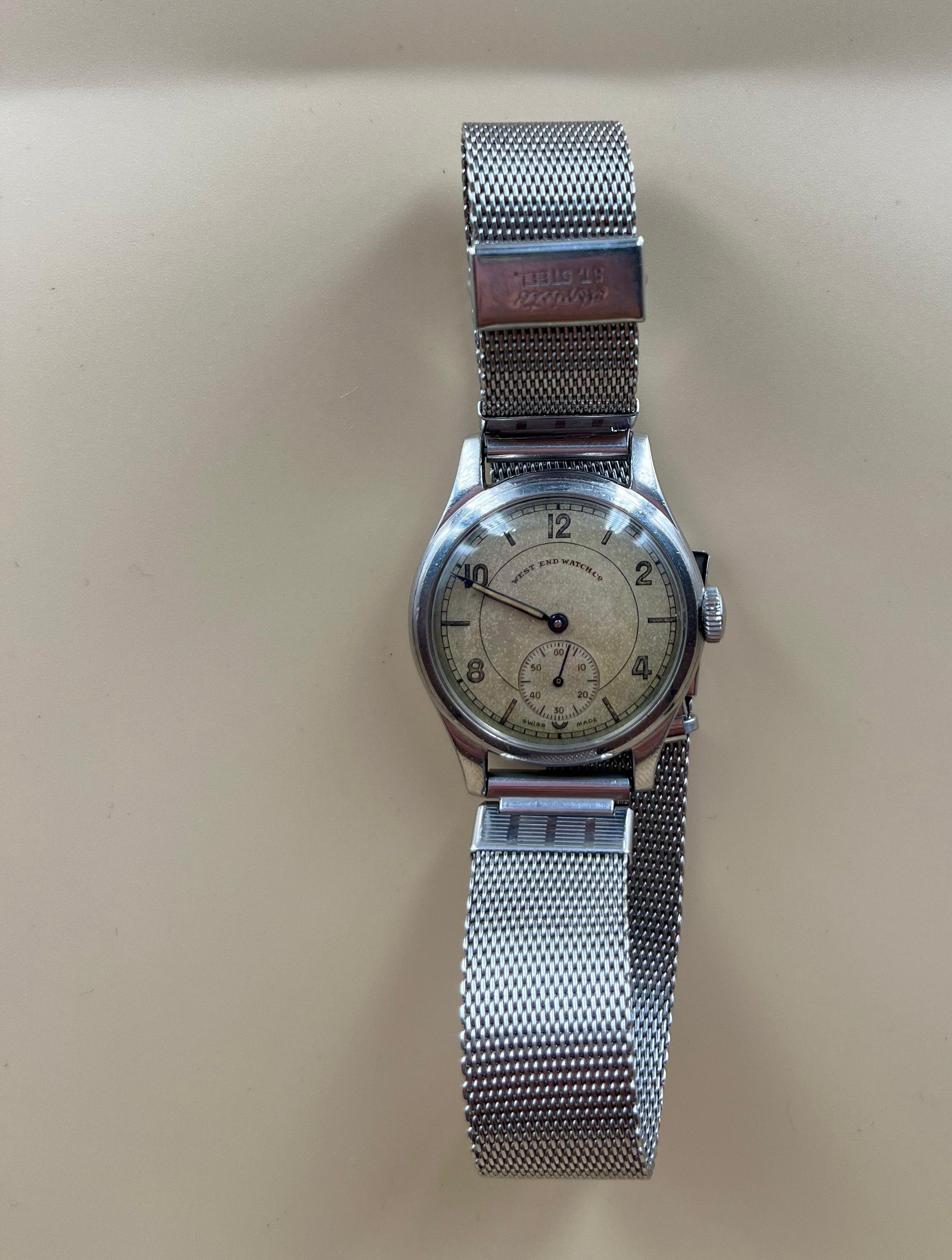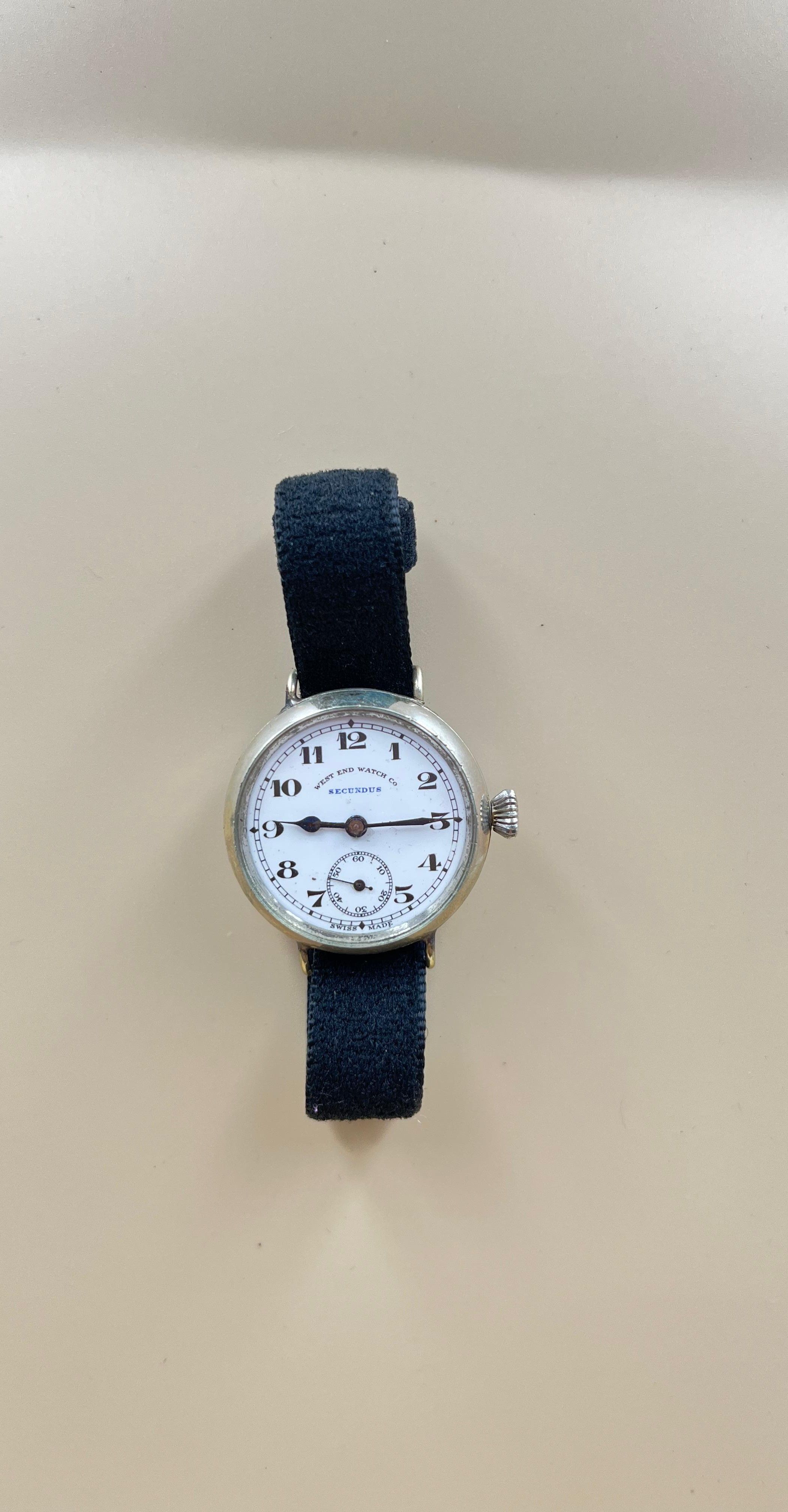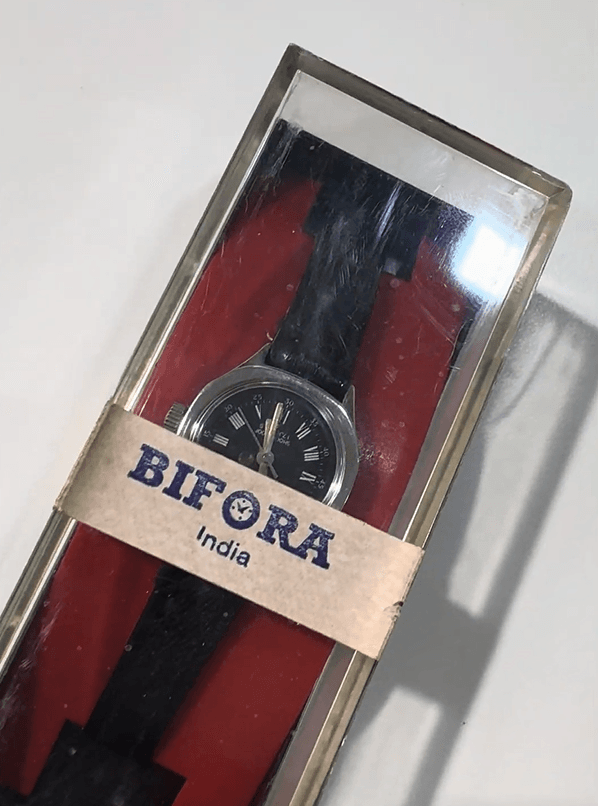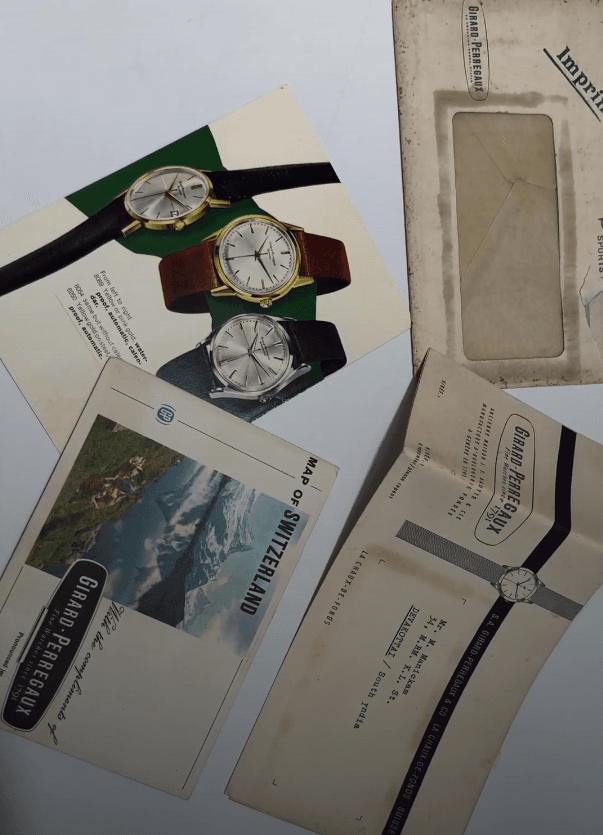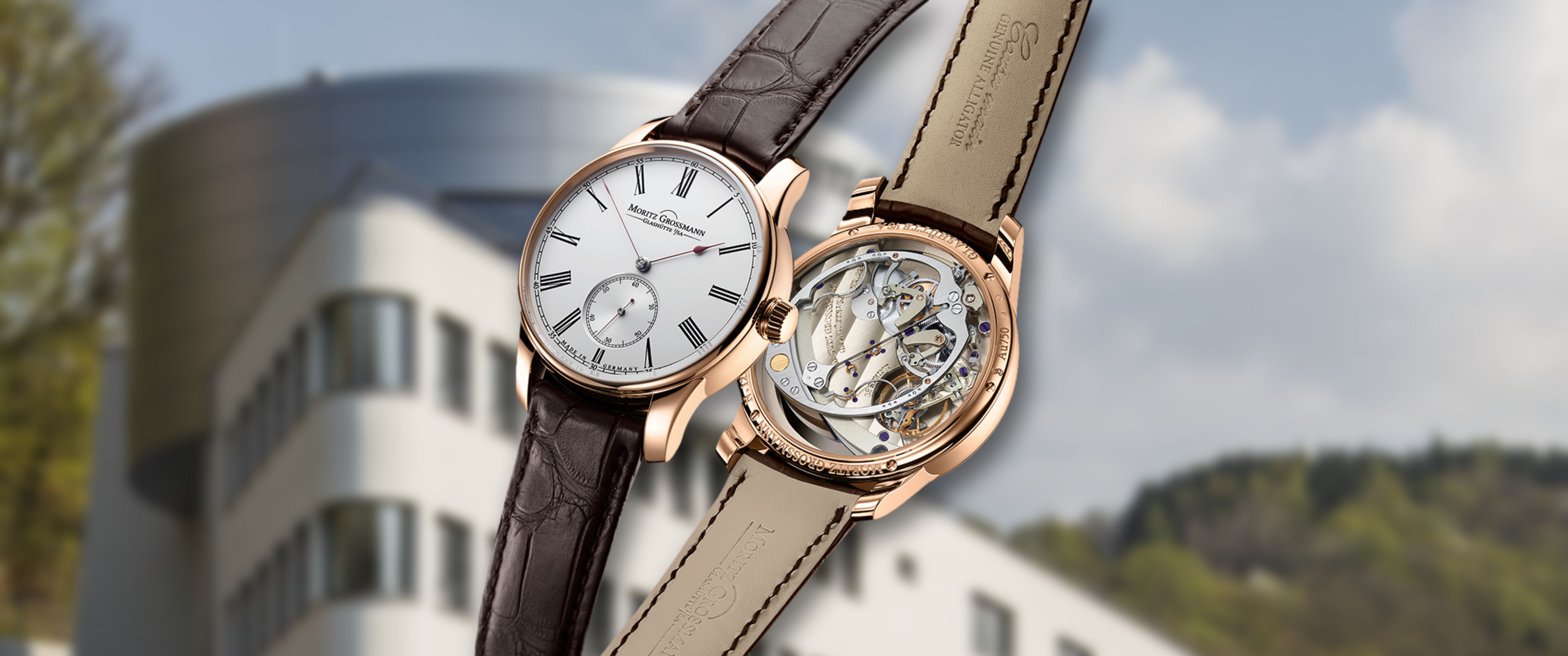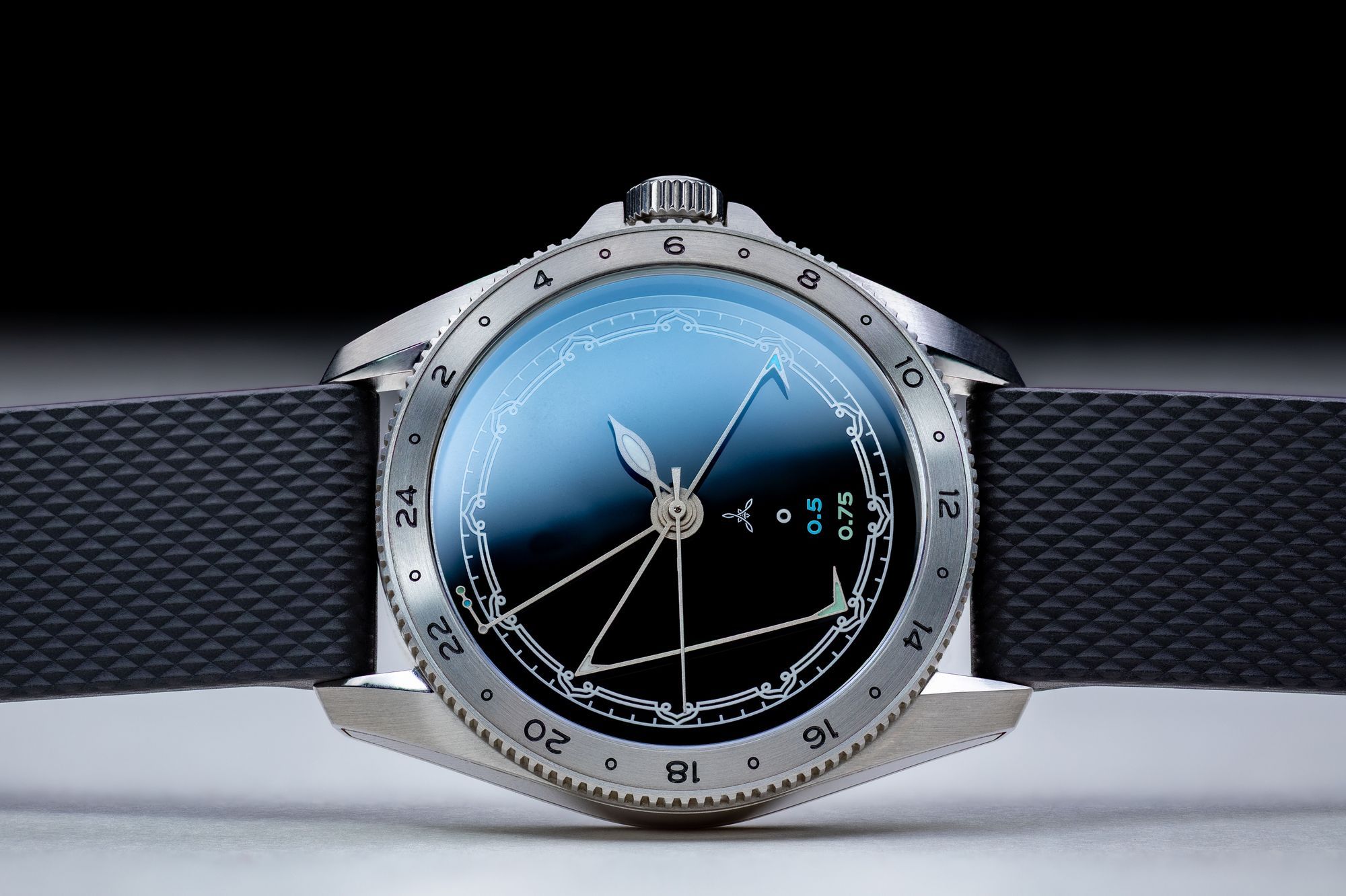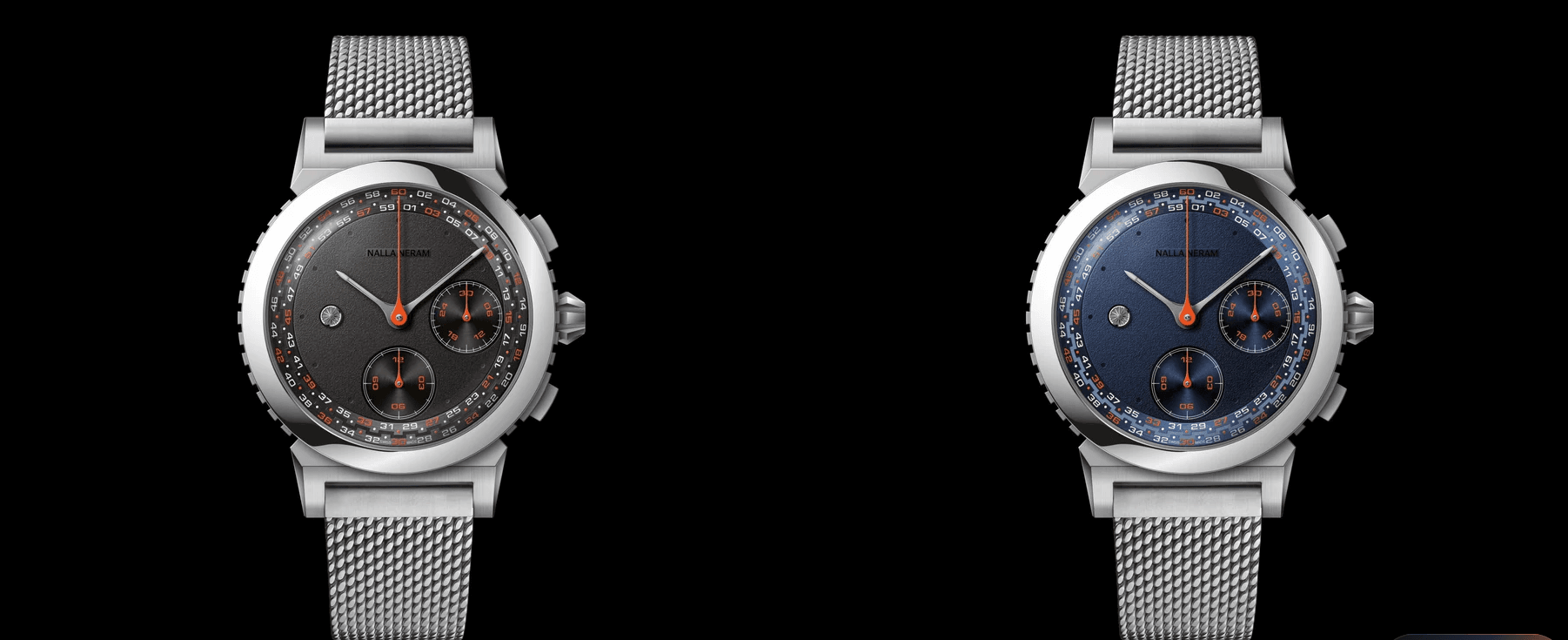The India Story Decoded With Amol Nayak - Watch Collector And Architect Part 1
India has a deep-rooted history with luxury watches, dating back to the era of Maharajas who commissioned bespoke timepieces from Swiss maisons like Patek Philippe, Vacheron Constantin, and Breguet. These watches, often encrusted with jewels and featuring intricate craftsmanship, symbolized both status and artistry. The patronage continued through the British colonial period, with India emerging as a key market for fine horology. Post-independence, while the focus shifted to domestic watchmaking, the resurgence of luxury watch appreciation in recent decades—fueled by collectors, auctions, and brand expansions—has reaffirmed India’s historical and growing influence in the world of haute horlogerie.
To discuss this and more, we caught up with Amol Nayak (@the_mole), a well-established collector with over 25 years of this journey! His passion extends beyond watches - towards art, records and architecture.
In his early years of watch collecting, he only collected Swiss watches - most of which were handed down by his grandparents or father - the first one being the Omega Speedmaster. He also did a short stint with the Museum of Modern Art where he was exposed to objects of design inspired from the West. Luxury watches weren’t recognized as objects of design until the mid-2000s and I wanted to collect watches with a milestone in watchmaking. Drawing parallels, he started gravitating towards what watchmaking is all about in India. “I started hunting for pieces with an India story. Two brands were gatekeepers of watchmaking in India back then - Favre Leuba and West End Watch Co. The watch designs are top-notch and could not be made without proper licenses. West End Watch Co. came into India in the late 19th century with the intent to establish themselves here. To understand quality - if you feel a Patek Philippe watch and a West End Watch Co. watch it is of the same quality. The dials of these watches never age and they were powered by top-grade movements too.” he explained.
In the early years of his watch-collecting journey, he focused solely on Swiss timepieces—many of which were heirlooms passed down from his grandparents and father. His first watch, an Omega Speedmaster, marked the beginning of his passion. A brief stint at the Museum of Modern Art further shaped his appreciation for design, exposing him to Western influences. Luxury watches weren’t widely recognized as objects of design until the mid-2000s, but he was drawn to collecting timepieces that marked significant milestones in watchmaking. As he delved deeper, he began drawing parallels between Swiss horology and India’s own watchmaking heritage.
“I started seeking out watches with an Indian story,” he shared. “Back then, two brands were the gatekeepers of watchmaking in India—Favre-Leuba and West End Watch Co. Their designs were exceptional and required proper licensing to produce. West End Watch Co. entered India in the late 19th century with the intent to establish a strong presence here. To understand their quality—if you compare a Patek Philippe to a West End Watch Co. piece, the craftsmanship is on par. The dials never age, and these watches were powered by top-grade movements.”
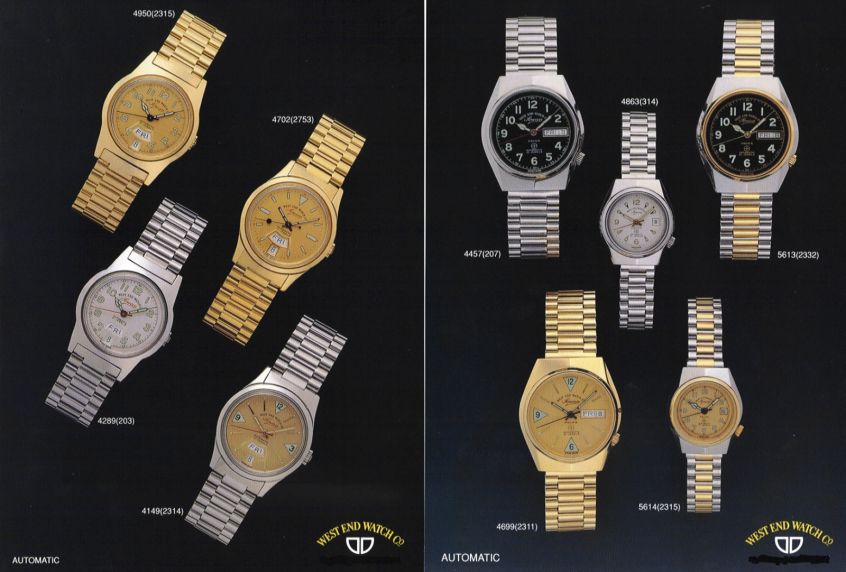
The demand for these watches was very high in India which shows that Indians were buying quality watches. Both these brands were however competing with each other in the 19th century as studies and adverstiments from the 1910s suggest. However, after the 50s these brands had a blackout phase with no information and this is when HMT watches started to appear. Talking about West End Watch Co. he said, “They had relationships with Mido and Longines. Longines and Mido couldn’t sell their watches alone, signifying the power of West End. In the 1950s Longines watches were sold in India with the West End Watch Co logo - called ‘Bijou’.”
Favre-Leuba also held a strong hold in India from the 19th century and with its comeback now - they can dominate the Indian market at the right price point. Sharing his thoughts on this he said, “Reverso watches were sold as Favre-Leuba Reverso and the name Jaeger-LeCoultre came much after. We have found evidence in automotive magazines of advertisements that just say Reverso - they don’t say Jaeger-LeCoultre or Favre-Leuba. There are only 4-5 Favre-Leuba Reversos which we have come across worldwide which had a distinct case which made me wonder if they were made for India or in low volumes for the masses.”
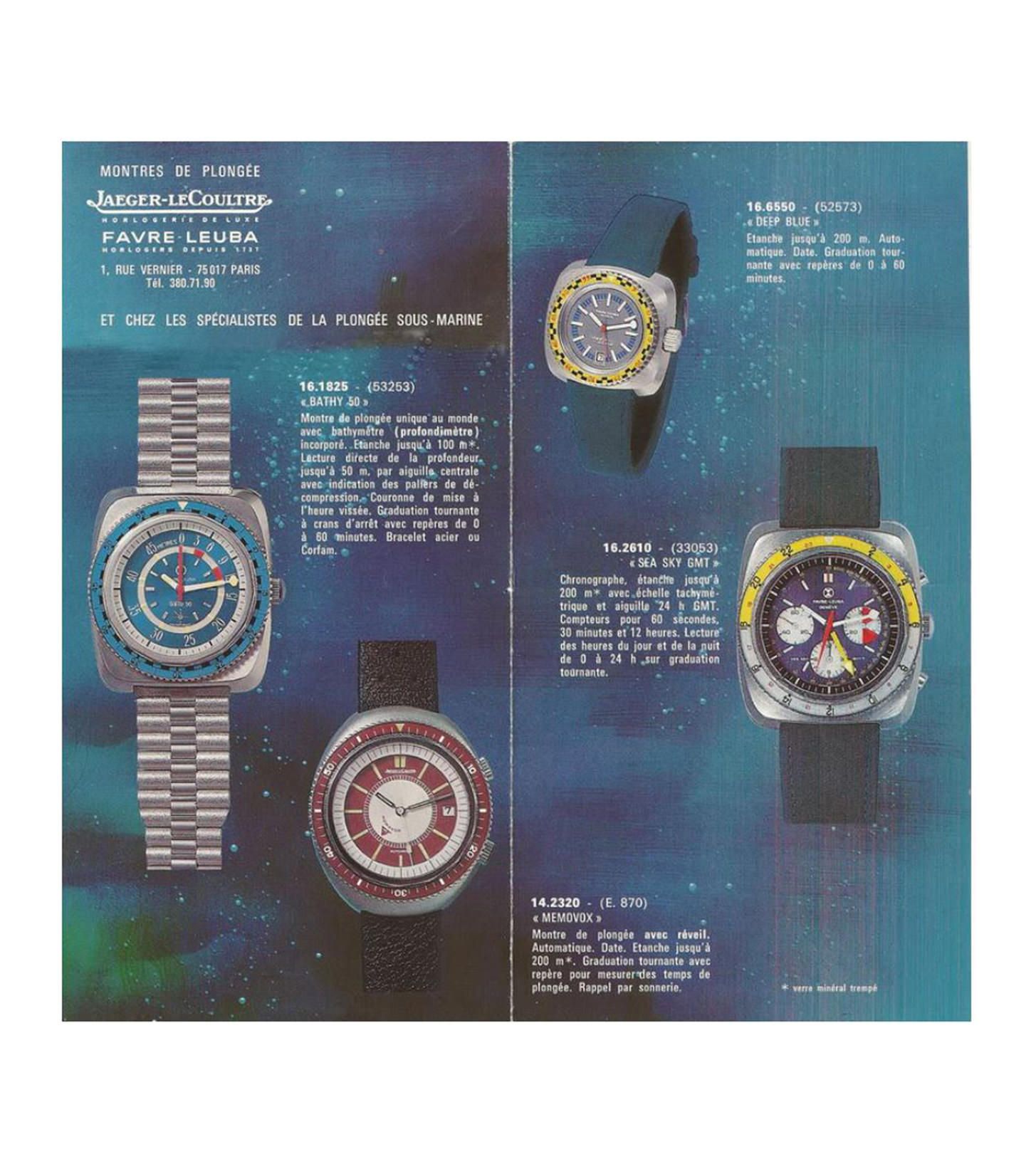
The India watch history actually depicts the story of the international watch market. Corporate happenings and events globally were immediately brought to India as one couldn’t ignore the huge market India held. “In the times of socialism, brands like Bifora which is probably a German brand put their branding as Bifora India and sold watches here. There is evidence of a correspondence between a customer and Girard Perregaux guiding him to a local dealer - showing that brands were not ignoring the Indian market. Favre-Leuba was more of a dealer for most brands than manufacturer and those who didn’t give into socialism lost a piece of the Indian market” he further added.
The India story is getting stronger and stronger in watchmaking. What a Western collector may call us franken watches is untrue - it’s actually Made for India. When talking about the India history of watches, one cannot miss out on Titan! His first Titan timepiece was a moonphase which he received when in school. but did you know Amol’s uncle was gifted a watch by JRD Tata? Was this a vintage piece?
Stay tuned as we talk about this story and more in part 2.
No articles found

